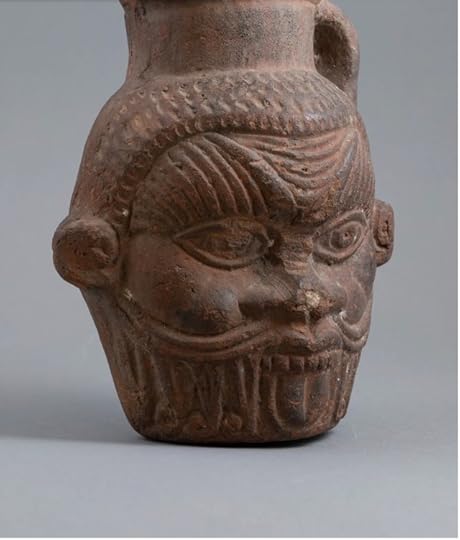Psychedelics in Egyptian Antiquity Expands Map
Residue of hallucinatory plants was recently discovered on the inner surface of an Egyptian drinking mug from the second century B.C., a mug bearing the face of the Egyptian god, Bes, associated with fertility and revelry. Other recent studies have shown that the Greeks and Romans ingested plants with psychedelic properties for reaching spiritual states or as part of medical treatment.
This finding expands the map of places where plants with psychedelic effects played an early role in medicinal and spiritual rituals. In the west, hallucinogenic mushrooms, morning glory seeds and the peyote cactus were used in Mesoamerica in rituals by the Maya, Aztec, Olmec and Zapotec cultures. Cultures in the Amazon basin partook of ayahuasca (“vine of the soul” in the Quechua language), a brew of plants with hallucinogenic properties. In the Vedic period of India, as mentioned in the Rigveda (1500 BCE), the juice of the plant soma was used in sacrificial rituals and said to impart divine power.
Sources: New York Times (Nov. 28, 2024 by Alexander Nazaryan; Tanasi et al Scientific Reports https://www.nature.com/articles/s41598-024-78721-8; image




